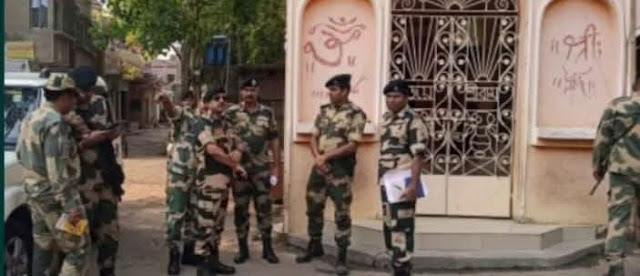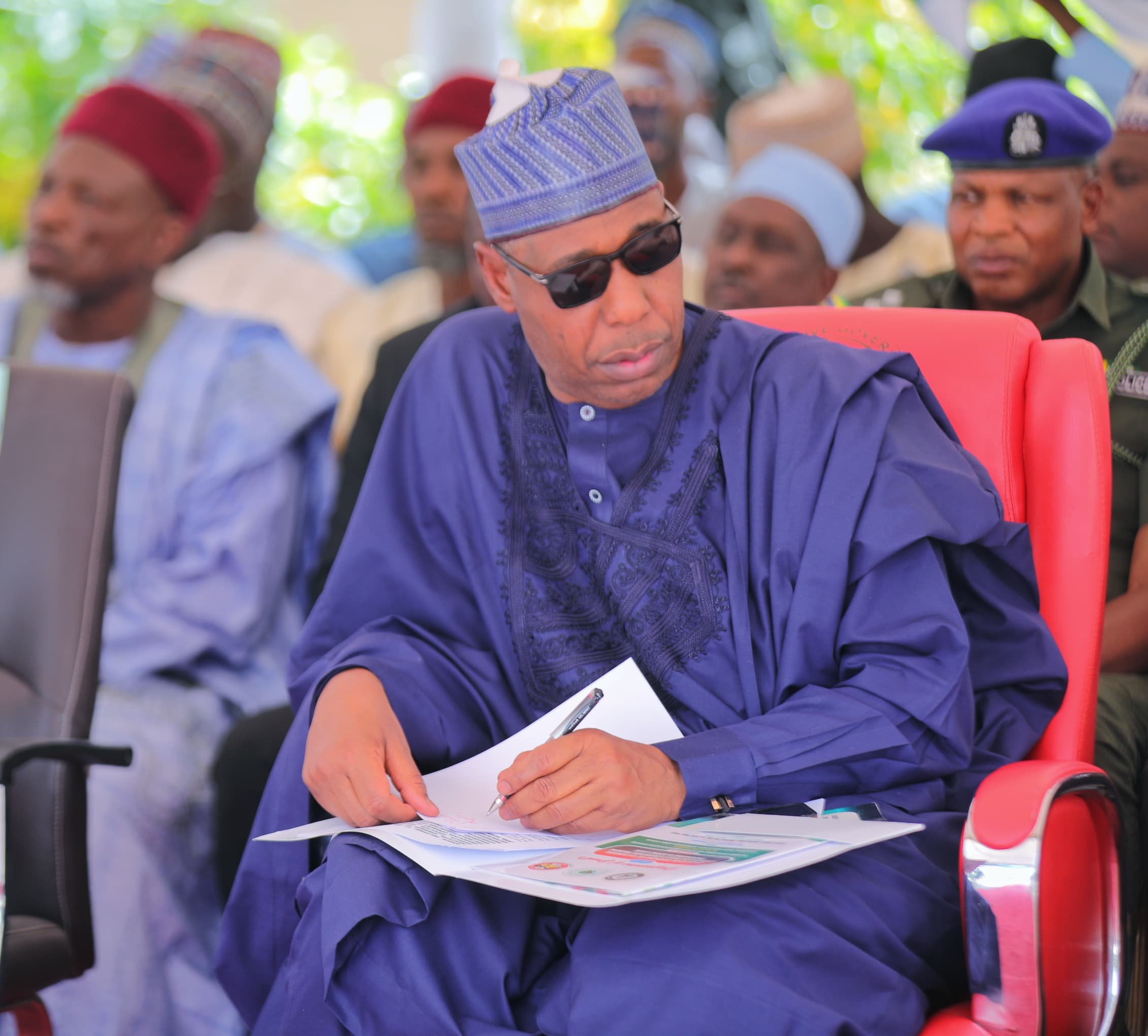Baby Chakraborty, KalimNew s, Murshidabad, April 18, 2025 : After days of intense unrest and communal tension in various parts of Murshidabad, the state government has taken the step of transferring the Officers-in-Charge (OCs) of the highly affected Shamsherganj and Suti police stations. However, amid the fragile calm now prevailing, serious questions are being raised about whether administrative reshuffles alone can address the deeper issues that led to the violence.
In the initial phase of the turmoil, local police were accused of inaction. Their visibility and engagement increased only after central forces were deployed under court orders. While the area now appears calm, many locals and observers describe it as the “peace of the crematorium”—a forced calm following widespread fear, displacement, and loss.
According to district police sources, new appointments have been made in an attempt to stabilise the situation. Inspector Subrata has taken over charge at Shamsherganj, and Inspector Supriyo Ranjan Majhi has been appointed to oversee both Ghosh and Suti police stations. These are IC-rank officers, appointed in place of the removed OCs in recognition of the high sensitivity of the region. Of the three casualties reported in the violence, two were from Shamsherganj and one from Suti, highlighting the critical role these police stations play in the current crisis.
However, many are sceptical. A senior police official, while justifying the appointments as a necessary step, acknowledged that leadership changes are not a standalone solution. “We have to go to the root of the problem,” he said. “If we don’t identify and neutralise those who orchestrated this, the situation will repeat itself.”
There is also growing consensus among residents and civil society voices that the recent violence was not merely a protest against the Wakf Amendment Act, as initially believed, but a premeditated outbreak of communal tension. If that is true, identifying the real instigators becomes crucial to preventing further unrest.
At a press conference on Thursday, ADG South Bengal Supratim Sarkar confirmed that an investigation into possible intelligence lapses is underway. He assured that action would be taken if gaps are found in the system’s response to the buildup of tension in the region.
Bhabani Bhavan’s official notification has raised the profile of the police stations under the Jangipur police district, particularly Shamsherganj and Suti, marking them as key areas in the effort to restore law and order. So far, 121 people have been arrested in connection with the violence, and police sources suggest that valuable leads may be gathered during interrogation to uncover the underlying conspiracy.
Still, many believe that cosmetic changes—such as shifting officers—will not be enough unless accompanied by a sustained, unbiased, and intelligence-driven investigation. The calls are growing for the police to move beyond surface-level responses and take concrete steps toward unearthing the true causes of the unrest.
As Murshidabad slowly attempts to recover, the administration stands at a crossroads—either treat the symptoms or commit to addressing the disease at its roots. The road ahead for law enforcement may be long, but it is a necessary one if real and lasting peace is to return to the district.








